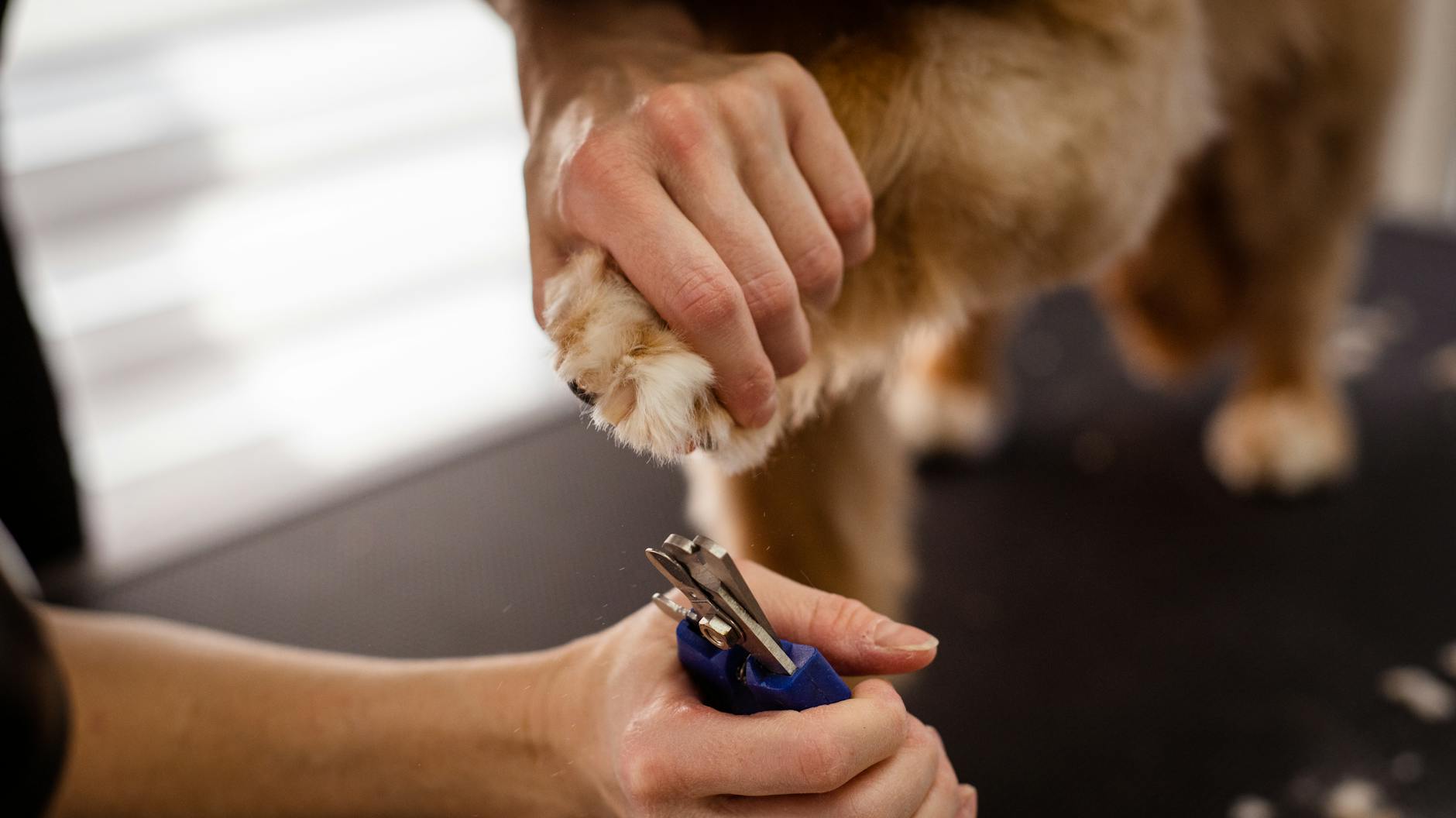Pro Tips: Ace Police Dog Training Guide

Police dogs play a pivotal role in law enforcement, assisting officers in various tasks such as tracking suspects, detecting drugs and explosives, and safeguarding public places. Training a police dog requires patience, consistency, and the use of specialized techniques to hone the dog's natural skills and instincts. This comprehensive guide offers expert tips for training your police dog in areas of obedience, tracking, and detection.
Obedience Training
Before a dog can be trained for specialized tasks, it must master basic obedience. This foundational step ensures that the dog follows the handler's commands promptly and accurately, which is crucial in high-stress field situations.
Basic Commands
- Sit: Utilize treats and gentle downward pressure on the dog's hindquarters to encourage the sitting position while giving the command.
- Stay: Improve your dog's impulse control with the stay command, gradually increasing the duration and distance.
- Come: Positive reinforcement is key when the dog responds to its name or the recall command.
- Heel: Train the dog to walk at your side without pulling on the leash. This behavior is essential for maintaining control in the field.
Advanced Obedience
- Leave it: This command is crucial to prevent the dog from picking up or eating unwanted items.
- Search: An essential prelude to tracking and detection work, teaching the dog to search on command is a stepping stone to more specialized training.
Always use clear and consistent commands and reward the desired behavior to reinforce these obedience skills.
Tracking Training
A police dog’s ability to track can make the difference in finding a lost child or apprehending a fleeing suspect.
Scent Work Basics
- Introduce the dog to different scents and use positive reinforcement to encourage recognition.
- Begin with short-distance tracks with visible footprints and gradually increase the complexity.
Practical Tracking Drills
- Lay a scent trail using articles of clothing or a scent pad and allow it to age before releasing the dog to follow the trail.
- Train in different environments—urban, wooded, and so on—to acclimate the dog to varied tracking conditions.
Tracking training should always simulate real-world scenarios to ensure reliability in the field.
Detection Training
Specialized police dogs are trained to detect substances such as narcotics or explosives. This training should only be conducted with non-hazardous versions of the target scents, often provided by certified training facilities.
Foundation for Scent Detection
- Introduce the target scent in a controlled environment and mark correct identification with a distinct signal, such as a clicker or verbal cue, followed by a reward.
- Familiarize the dog with the odors of various narcotics, like marijuana, while avoiding direct contact with the substance for safety.
Advanced Detection Exercises
- Practice search patterns in rooms, vehicles, and luggage.
- Conduct blind searches where the handler does not know the location of the scent to avoid inadvertently cueing the dog.
Detection work requires repetitive, consistent practice and should incorporate distractions to ensure the dog can perform in chaotic environments.
Maintaining Performance
Police dog training is an ongoing process. To maintain peak performance:
- Continue training: Regularly scheduled training sessions are necessary to maintain and refine the dog's skills.
- Physical fitness: Ensure the dog engages in adequate physical exercise to keep it in top condition.
- Health check-ups: Routine veterinary care will help detect any health issues that might affect the dog's performance.
Following these pro tips will help you effectively train your police dog to be a reliable partner in law enforcement. Remember that each dog is unique, and training methods should be adapted to the individual animal’s learning style and pace. With dedication and expertise, your police dog will be an invaluable asset to your team.